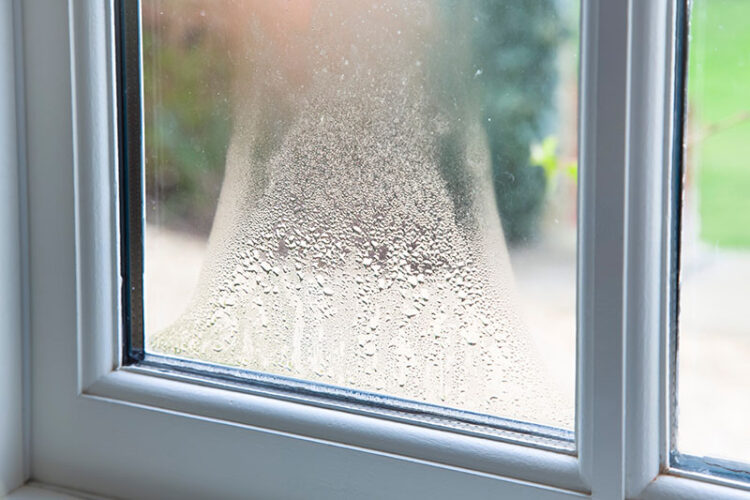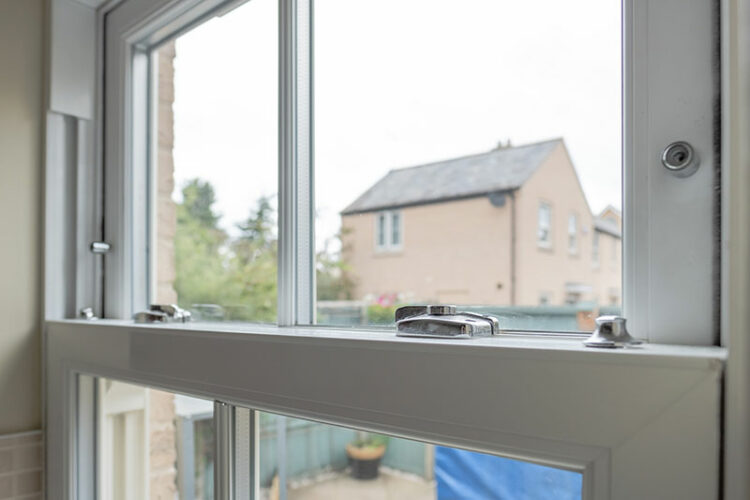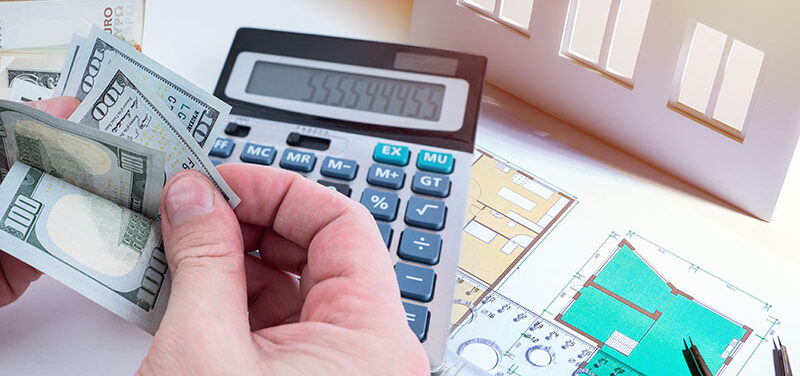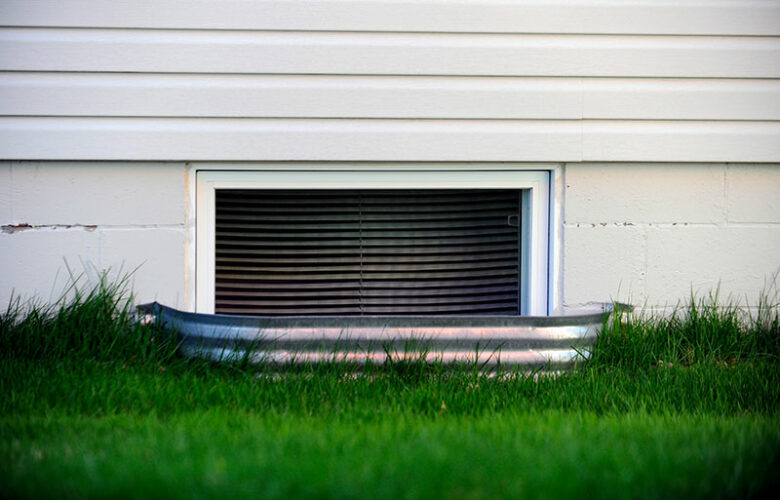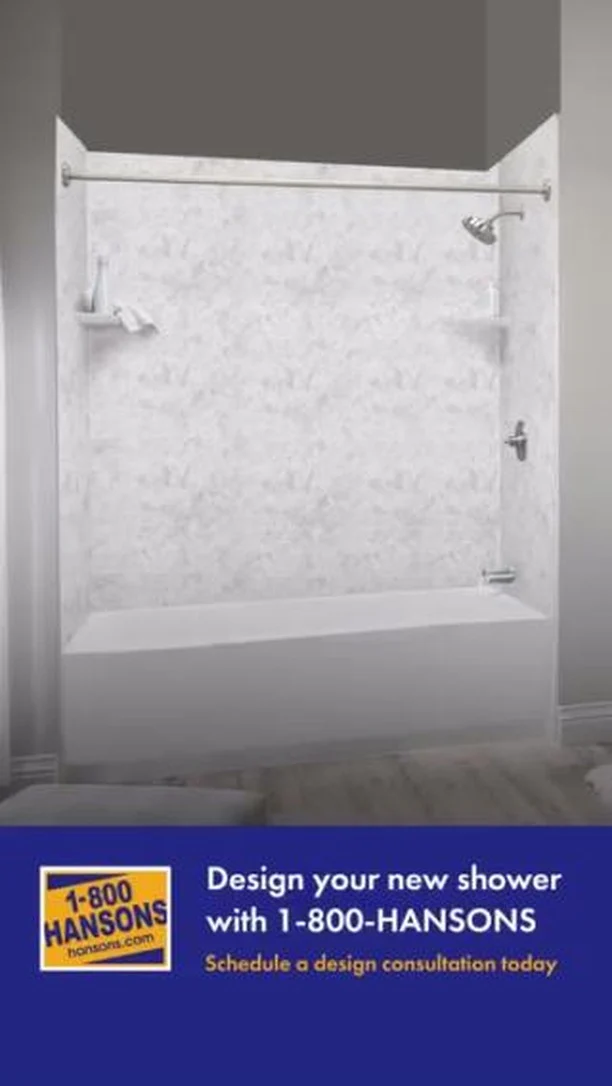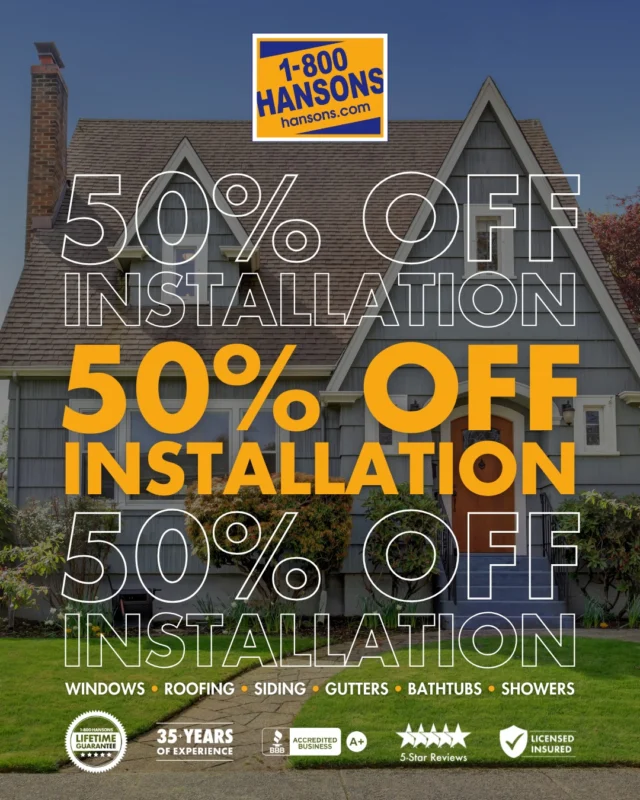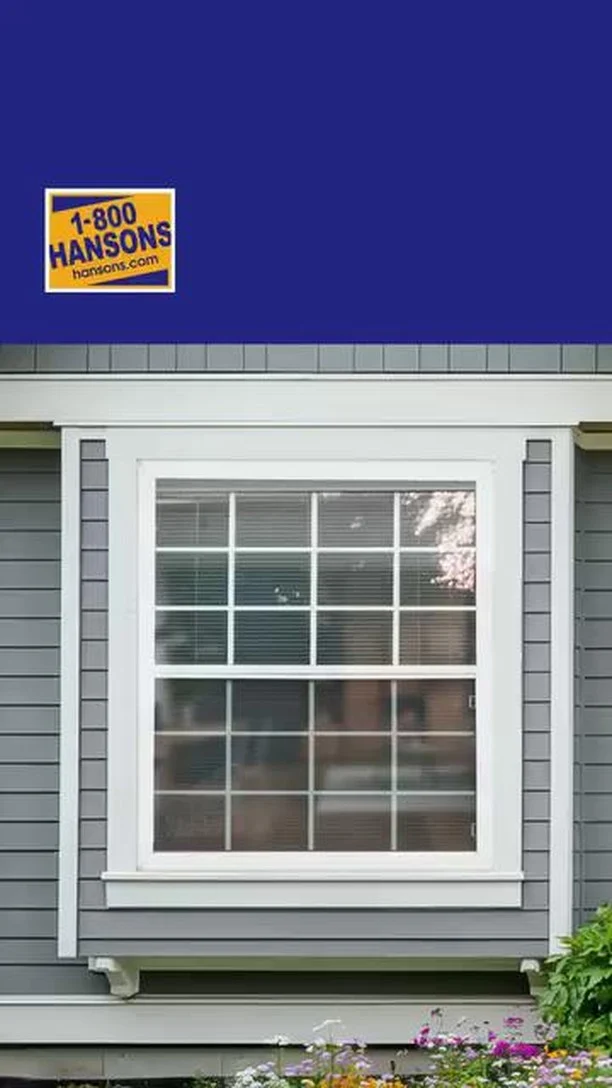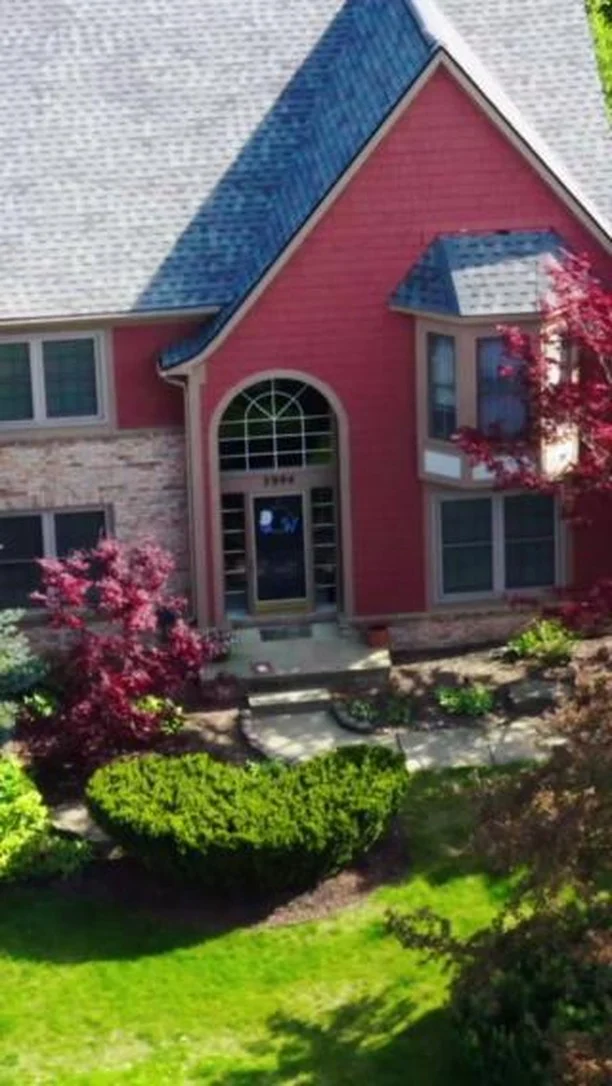Energy Star Window Ratings

Currently, there is a strong emphasis on energy star window ratings, and the National Fenestration Rating Council (NFRC) has designed an energy-performance label to guide homeowners and contractors in their search for the right window.
ENERGY STAR has been an international standard for energy-efficient products since the early 1990s. The United States, Canada, and the European Union follow these standards for most building products and consumer goods. Consumer products that carry their label use about 20-30% less energy than required by federal standards.
Key features of ENERGY STAR qualified windows
ENERGY STAR qualified windows typically have many of the following features:
Good air tightness, Low-conductivity or warm edge spacer bars, Low-E glass, Insulated frames, sashes, and door cores, Inert gas (argon or krypton) in the sealed unit and Double- or triple-glazing with a sealed insulating glass. unit
Also, ENERGY STAR certified windows come in a wide range of framing materials:
Wood frames are a favorite when it comes to older architecture. They are strong and provide good insulation. The exterior surfaces of wood windows have vinyl or aluminum covers to reduce maintenance.
Fiberglass frames are low maintenance, durable, strong, and provide excellent insulation. These frames have foam insulation or are hollow.
Composite frames are made of several materials that use a special manufacturing process to create well-insulated, low-maintenance, and durable windows.
Aluminum frames are recyclable, low maintenance, and durable frames that usually contain at least 15% recycled content. To reduce the conductive heat loss through the metal, these frames often include thermal breaks.
Vinyl frames provide good thermal insulation and are low maintenance. Sections of vinyl window frames contain foam insulation or can be hollow. Vinyl sills use wood or metal for reinforcement.
Combination frames provide optimal performance thanks to the use of different materials separately throughout their construction. For example, the interior half of a frame could be wood, while the exterior half could be vinyl.
Climates differ greatly across the globe, so checking the window for an ENERGY STAR label before ordering it can make a world of difference in how much the window will help you keep your energy costs to a minimum.
Get a Free Estimate Today
50% off installation. Special financing available. See details.
The NFRC label
This provides ratings in five categories: U-Factor (this measures how well the window insulates), Energy Rating, Solar Heat Gain Coefficient, Visible Transmittance, air tightness, and other standards.
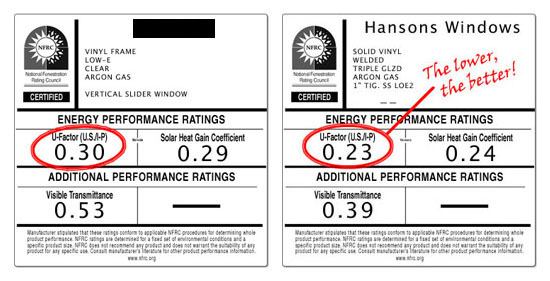
Once you understand these ratings, you will know what kind of windows you need. In the upper left corner, NFRC Certified indicates that the NFRC has licensed the window’s manufacturer, as well as certified the window’s performance in accordance with their standards.
In the upper right corner, you can see the name of the manufacturer, style, model, and materials used in construction.
People typically replace their old windows and doors to get more energy-efficient ones. If you want to get yourself the most energy-efficient windows, then look for the ENERGY STAR qualified products.
The typical household spends $2,000 a year on energy bills. With ENERGY STAR you can save 30% or about $575 on your energy bills, while avoiding more than 5,500 pounds of greenhouse gas emissions.
If you need window replacement work, experts from 1-800-HANSONS will be at your service. We provide a wide range of windows in a variety of sizes, shapes, colors, vents, glass, etc. Contact us today for a FREE estimate.


